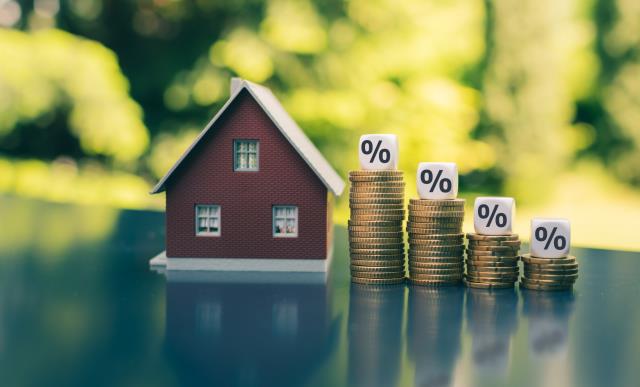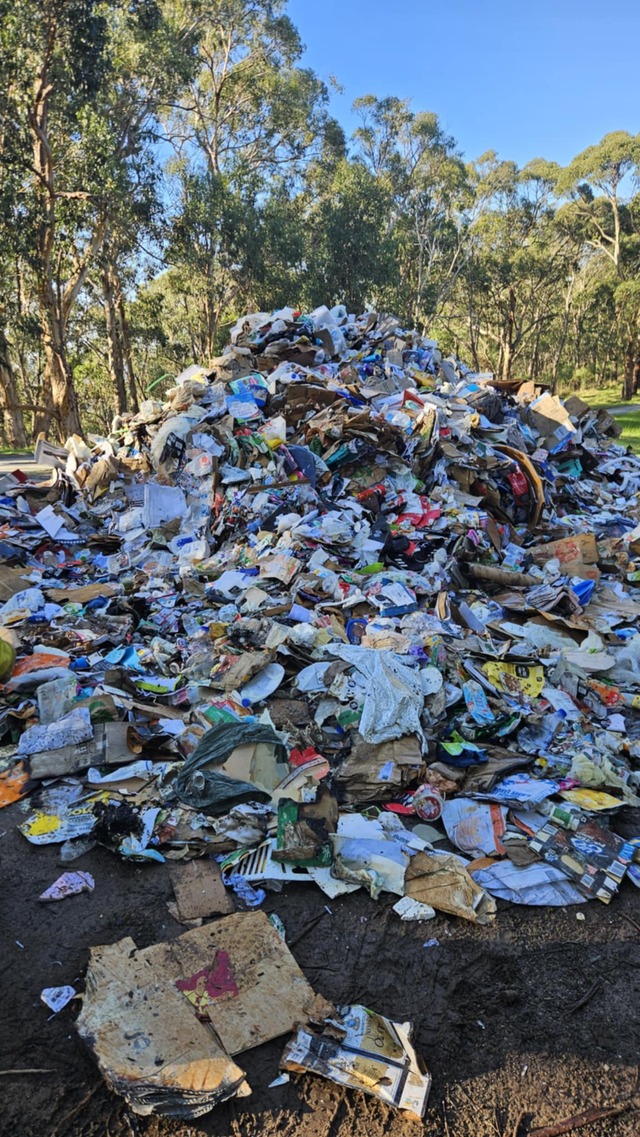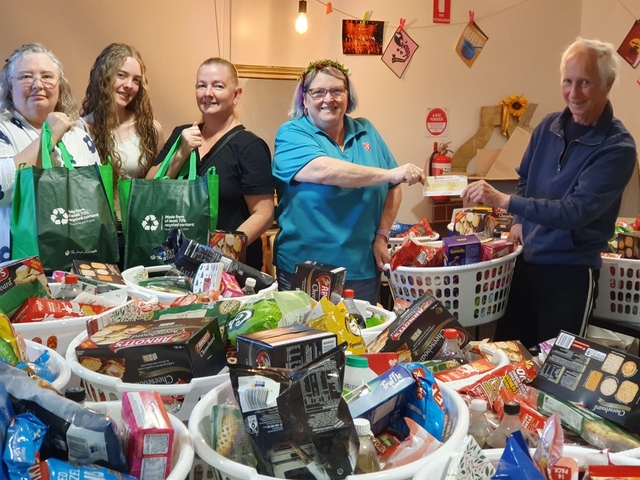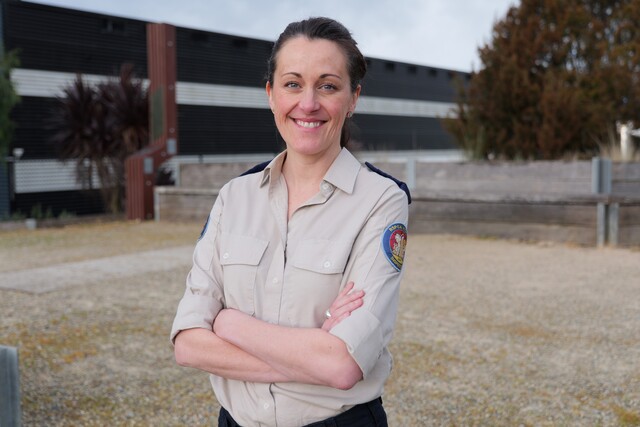Seven months of rising interest rates have made selling houses more difficult and reduced the borrowing power of young homeowners throughout the Dandenong Ranges and Yarra Valley.
On Tuesday 1 November, the RBA announced a 25 basis point increase to the cash rate for the second consecutive month. It is the seventh month in a row the cash rate — which is now 2.85 per cent — has been increased.
Governor of the RBA Phillip Lowe said in an online statement that inflation in Australia is currently too high.
“A further increase in inflation is expected over the months ahead, with inflation now forecast to peak at around 8 per cent later this year,” he said.
“Inflation is then expected to decline next year due to the ongoing resolution of global supply-side problems, recent declines in some commodity prices and slower growth in demand.”
The cash rate represents the interest rate on unsecured overnight loans between banks and serves as the benchmark rate for mortgages, savings accounts and exchange rates. Inflation is the increase in the cost of goods and services bought by households.
Mr Lowe said the RBA’s priority is returning inflation to the 2 to 3 per cent range over time.
“One source of uncertainty is the outlook for the global economy, which has deteriorated over recent months. Another is how household spending in Australia responds to the tighter financial conditions,” he said.
“The Board expects to increase interest rates further over the period ahead. It is closely monitoring the global economy, household spending and wage and price-setting behaviour.”
Mick Dolphin from Ranges First National Real Estate said the two biggest impacts he has seen are the slowing of the rate of sale of houses and the amount of money available to first home buyers.
“Last year on average, it took one or two weeks and now it’s up to a couple of months to sell,” he said.
“The other big factor is the affordability, particularly for first home buyers, what they could borrow has been affected and has shrunk considerably for that section of the market.”
He said people should remember that Australia has recently come off historically low-interest rates.
“Even though people get a bit nervous because it has risen so much, they’re only going back to what they’ve been over the past 40 to 50 years and it is still a little bit less than average.”
Head of consumer research at Finder Graham Cooke said someone with a $500,000 mortgage will be paying $815 more a month compared to when the rate started rising seven months ago.
“This seventh consecutive rate hike – 275 basis points in total – will be a bitter pill to swallow for many,” he said.
“The current series of rate hikes has added almost $10,000 to the annual cost of a $500,000 mortgage.”







